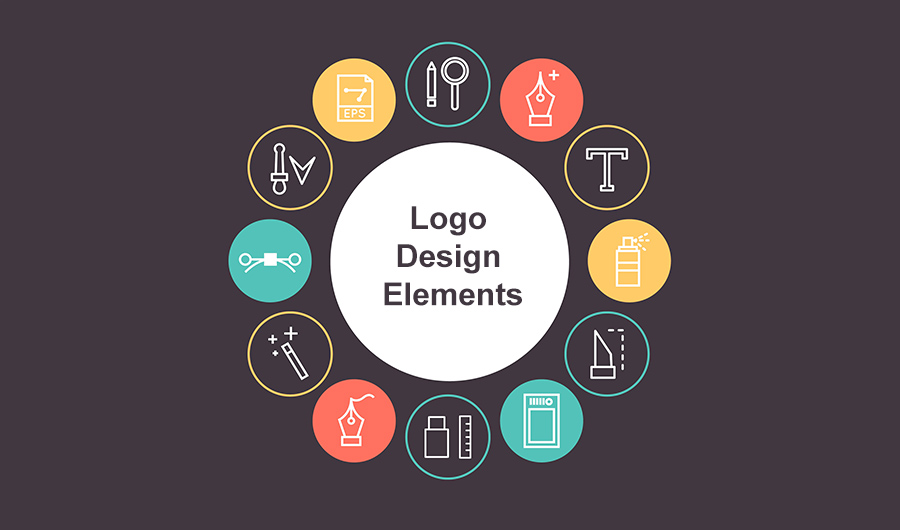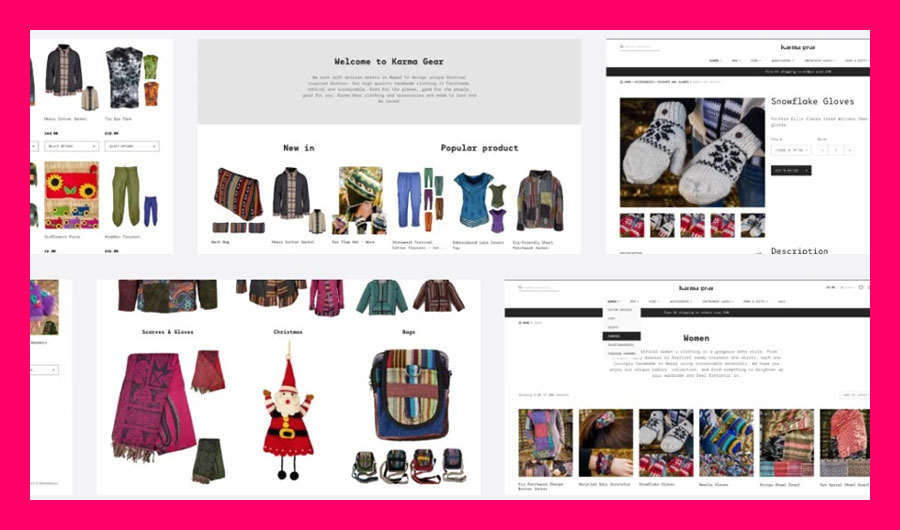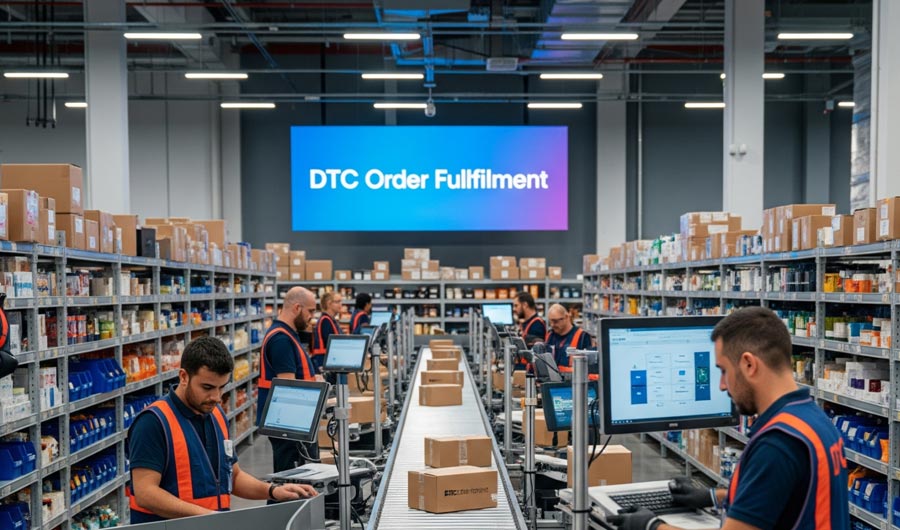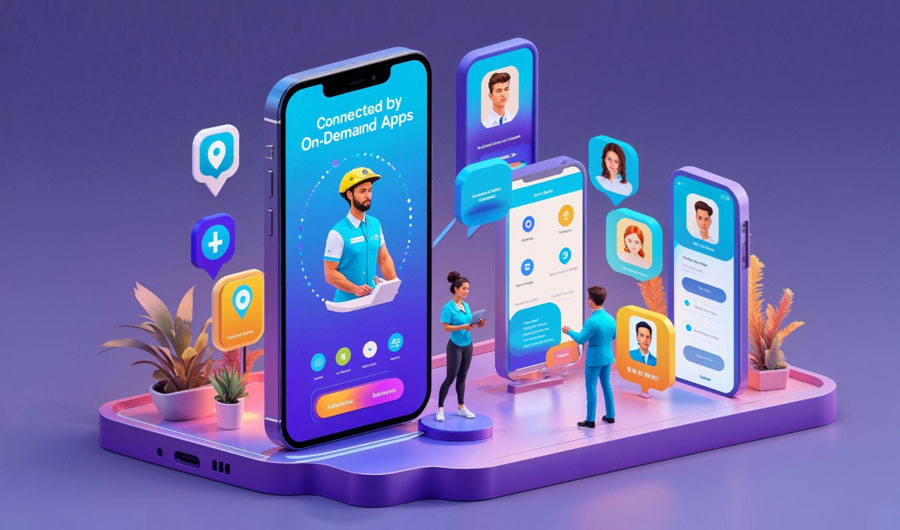
Essential Elements and Principles of Logo Design For Designers
In the vast realm of visual communication, where brands vie for attention in an ever-expanding digital landscape, logos emerge as the unsung heroes of brand identity. A logo, seemingly just a small piece of art, holds within it the immense power to encapsulate a brand’s essence, values, and aspirations. It’s the face of a business, the emblem that weaves together stories, and the symbol that etches itself into the minds of consumers. Whether you’re a seasoned logo designer or just embarking on this creative journey, understanding the fundamental elements essential elements and principles of logo design is crucial. So, whether you find yourself in Cape Town, South Africa, or any other corner of the world, let’s delve into the essential principles that every designer should wield to craft logos that stand the test of time.

10 Elements and principles of logo design process
The Beauty of Simplicity
In an age marked by information overload, simplicity emerges as the guiding light in design. A logo stripped down to its most fundamental elements tends to be the most memorable and versatile. Think about the universally recognized logos of Apple or Nike – their minimalist designs are etched into our collective consciousness. As a logo designer, remember that a simple logo design not only captures attention but also communicates clarity and timelessness.
The Dance of Balance and Harmony
Creating a captivating logo is akin to composing a symphony – it’s all about achieving harmony. Balance, both in terms of visual weight and spacing, is the cornerstone of creating logos that are visually pleasing. Each element within the logo must work in tandem with the others, contributing to a cohesive whole. The art lies in striking that delicate balance where no element overpowers another, resulting in a design that is harmonious and impactful.
Typography: A Silent Communicator
Typography is the unsung hero of logo design. The choice of typeface can evoke emotions, set the tone, and convey brand personality. Each font carries its own narrative – a playful script may speak of creativity, while a bold sans-serif might embody strength. As a designer, the task is to match the chosen font with the brand’s voice, ensuring that every letter and curve complements the overall design.
The Colors that Speak Volumes
Colors are more than just visual elements; they are emotional triggers. Different colors evoke different feelings and associations – blue signifies trust, red pulses with energy, and green symbolizes growth. As a designer, you become a color psychologist, selecting hues that resonate with the brand’s message and audience. In your palette lies the power to convey a brand’s essence in a single stroke.
The Quest for Originality
In a world inundated with logos, originality is the golden ticket to standing out. An original logo encapsulates a brand’s uniqueness and sets it apart from competitors. While trends may beckon, the true hallmark of a great logo is its ability to transcend the whims of fashion. A versatile logo that remains timeless through the years is a hallmark of a seasoned designer.
Symbolism: Where Stories Unfold
A logo isn’t just a picture; it’s a story. Incorporating symbolism enriches a logo with layers of meaning that resonate with its audience. A symbol can encapsulate a brand’s values, history, or aspirations. As a designer, you become a storyteller, weaving narratives into every line and curve. When done adeptly, a logo isn’t just seen; it’s felt.
Embracing the Digital Evolution
In an era defined by digital dominance, logos must transcend the physical realm. A logo should adapt seamlessly to various digital platforms, from mobile screens to social media banners. The challenge lies in retaining the logo’s integrity and impact across different sizes and resolutions. A responsive custom logo design ensures that the brand’s essence shines through regardless of the screen it graces.
Timeless Design in a Changing World
A logo is a bridge between the past and the future. While it should remain timeless, it should also evolve alongside the brand it represents. Striking this balance requires an acute sense of design evolution – subtle updates that keep the logo fresh and relevant without compromising its core identity.
The Power of Iteration
Design, like any creative process, is a journey of exploration. Feedback and iteration are the compass that guides you. Welcome critiques from clients and peers; their insights can be gems that refine your design. Collaboration is often the catalyst for innovation, and the iterative process can elevate your logo from good to exceptional.
Ethics in Design
As a logo designer, Cape Town, you’re entrusted with the responsibility of ethical design. Originality and respect for trademarks are paramount. In our culturally diverse world, your logo can either celebrate inclusivity or perpetuate stereotypes. Choose the former. Be mindful of the symbols you use and the stories you tell – they should uplift, not offend.
In the grand tapestry of logo design, mastery is a journey of growth and learning. Whether you’re in the vibrant cityscape of Cape Town or any corner of the globe, these principles remain steadfast. As you navigate through this world of lines, shapes, and colors, remember that every stroke you make is a step toward crafting logos that endure, resonate, and become timeless testaments to the brands they represent.
Conclusion
In the realm of visual branding, where attention spans are fleeting and competition is fierce, the art of logo design emerges as a beacon of distinction. It’s the magic of condensing a brand’s essence into a single visual element, the challenge of capturing the intangible in a tangible form. As we conclude this exploration of elements and principles of logo design, one thing becomes abundantly clear: Logo design is not just a skill; it’s a craft that weaves together creativity, psychology, and storytelling.
In the end, a logo is not just a design; it’s a legacy. It’s the mark that a brand leaves on the world, the emblem that transcends time, trends, and territories. So, fellow designers, embrace the challenge, wield your creativity, and remember that every curve, color, and concept is a brushstroke on the canvas of a brand’s identity. May your logos shine as timeless symbols in the vast tapestry of visual communication.
FAQs: Decoding Logo Design Essentials
How can I achieve balance in my logo design?
Achieving balance involves distributing visual elements evenly to create a sense of equilibrium. Elements must complement each other without overpowering one another. Consider the weight, size, and spacing of elements to create a visually appealing and harmonious logo.
Why is simplicity considered a crucial aspect of logo design?
Simplicity is the cornerstone of effective logo design because it enhances memorability and versatility. A simple logo is easier for viewers to remember and recognize, and it can adapt seamlessly across various mediums, from business cards to digital screens.
How do I choose the right typography for a logo?
Typography plays a crucial role in conveying the brand’s personality. Different typefaces evoke distinct emotions. Choose a typeface that resonates with the brand’s message and values. Ensure that the chosen font aligns with the overall design and brand identity.
Colors have the power to evoke emotions and associations. Different colors communicate different feelings and meanings. A logo designer must understand the psychological impact of colors and choose hues that align with the brand’s identity and message.
How can I ensure that my logo design is original?
Originality sets a logo apart from its competitors. Avoid replicating existing designs and instead focus on creating something unique that captures the brand’s essence. Incorporate elements that resonate with the brand’s values and story.
Why is symbolism important in logo design?
Symbolism adds depth and meaning to a logo. Incorporating symbols can communicate a brand’s values, history, or aspirations in a visual manner. Symbols create an emotional connection with the audience and enhance the logo’s storytelling potential.
How can I create a logo that is adaptable for digital platforms?
To ensure adaptability, design a logo that retains its clarity and impact across different digital platforms and screen sizes. Create responsive designs that look appealing whether displayed on a small smartphone screen or a large desktop monitor.
How do I strike a balance between a timeless design and the need for evolution?
A timeless logo design should maintain its relevance through changing design trends. However, subtle updates can keep the logo current without straying from its core identity. Evolution should reflect the brand’s growth and transformation over time.
Why is receiving feedback and iteration important in logo design?
Feedback provides valuable insights that can refine and elevate your design. Collaborating with clients and peers can lead to breakthroughs that you might not have discovered on your own. Iteration is essential to fine-tune your logo until it meets the desired vision.
How do I uphold ethical standards in logo design?
Upholding ethical standards involves creating original designs that do not infringe on trademarks or cultural sensitivities. Be respectful of cultural diversity and choose symbols that celebrate inclusivity and respect for all audiences
Logo design is a dynamic blend of artistry, psychology, and communication. As a logo designer, mastering these essential elements and principles of logo design help you to craft logos that not only stand out but also resonate deeply with audiences across the world.






